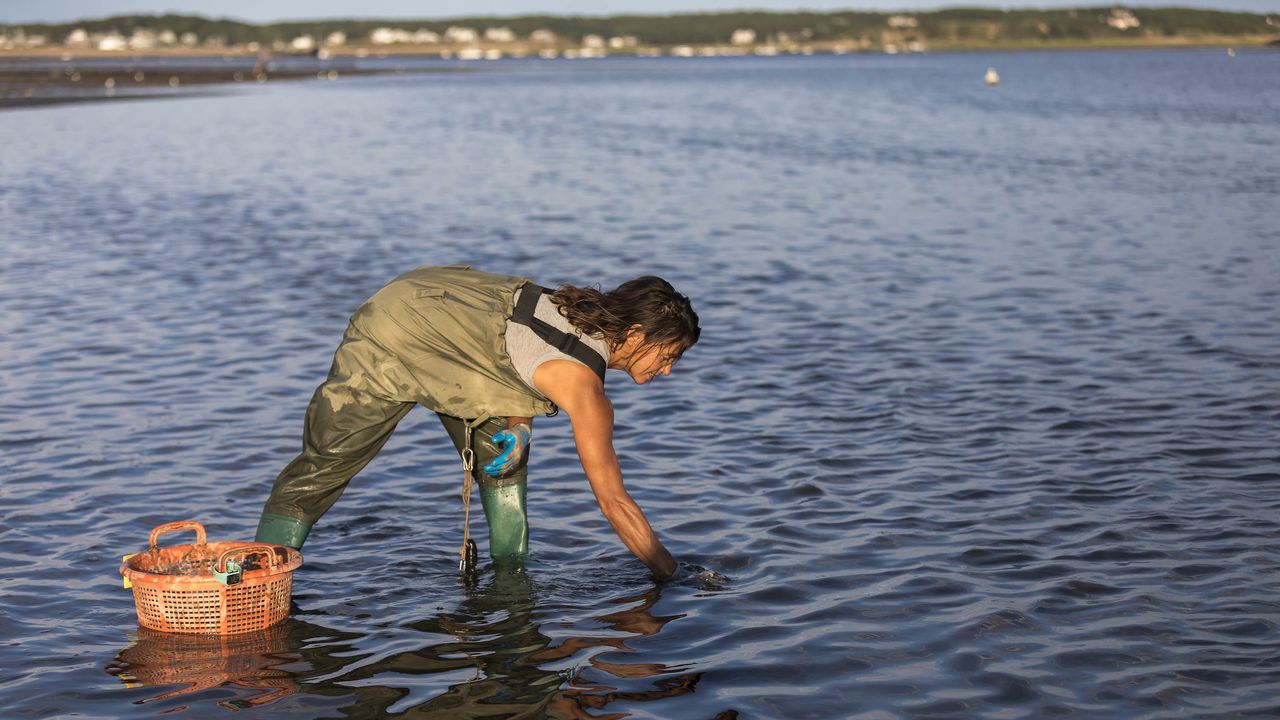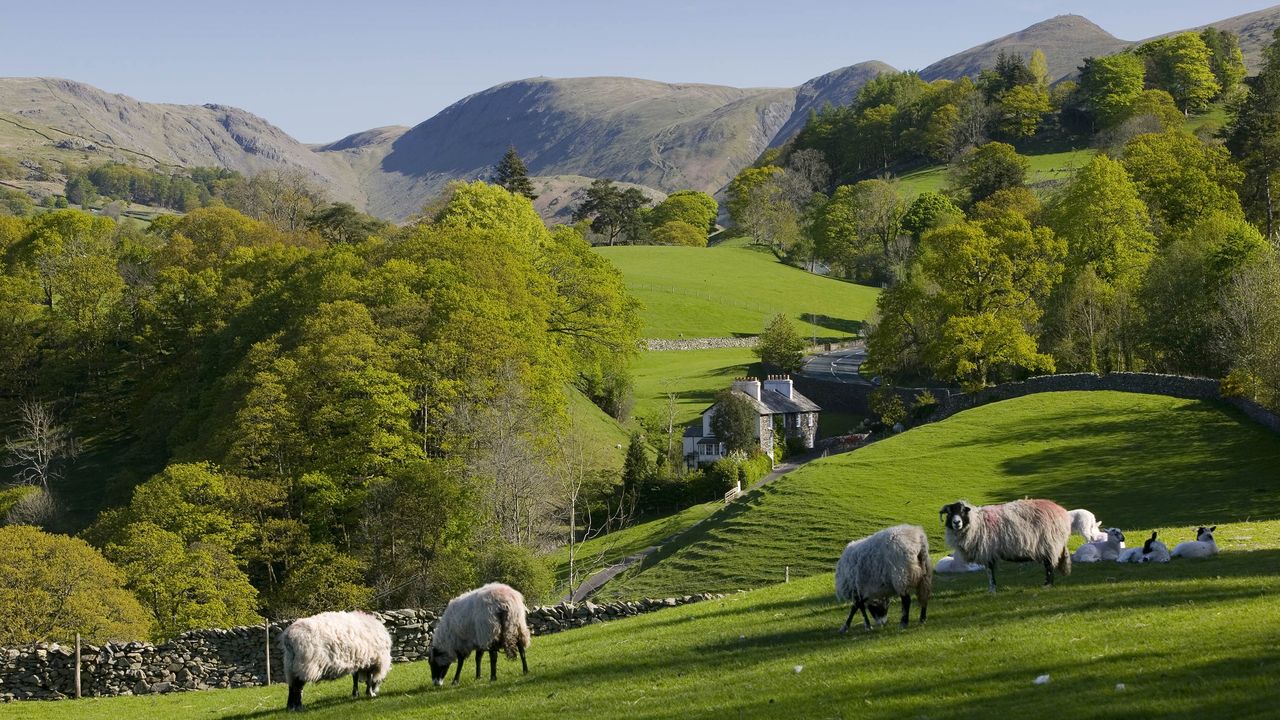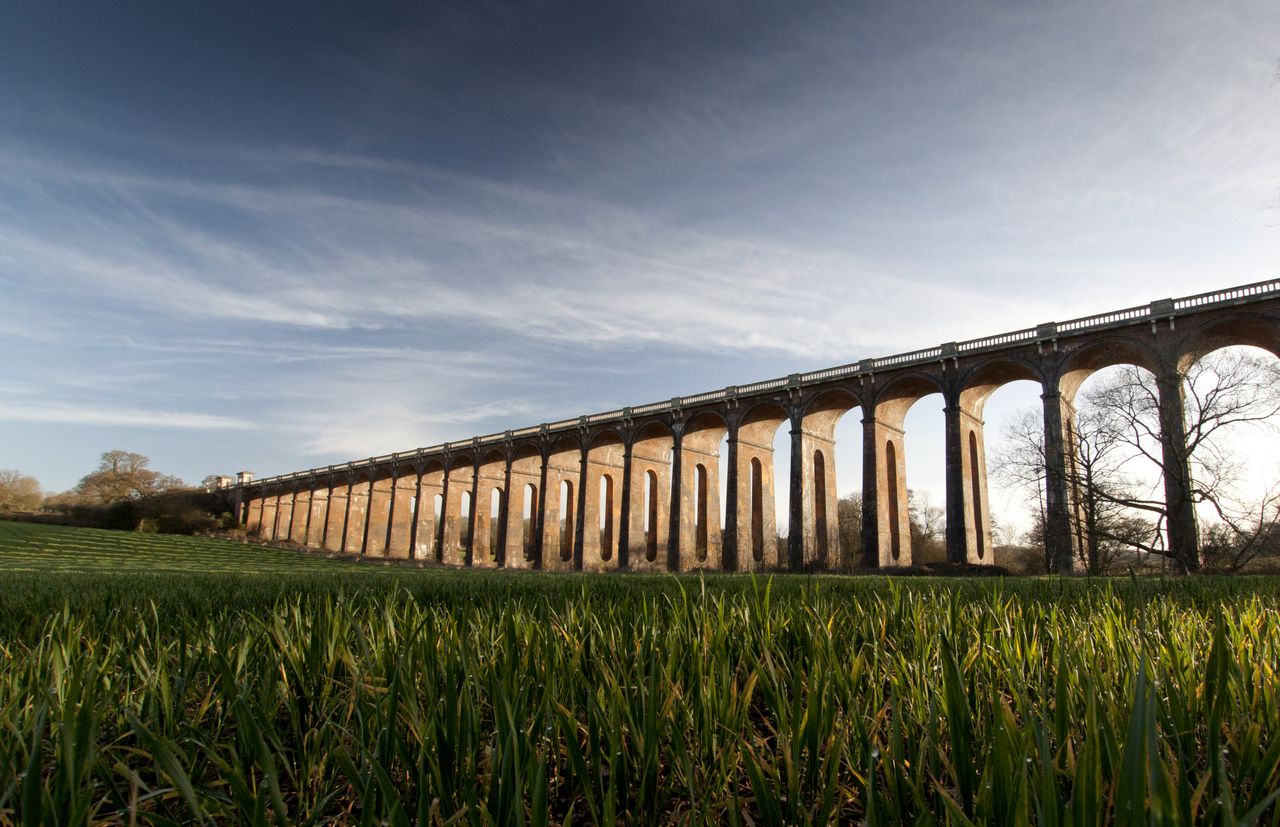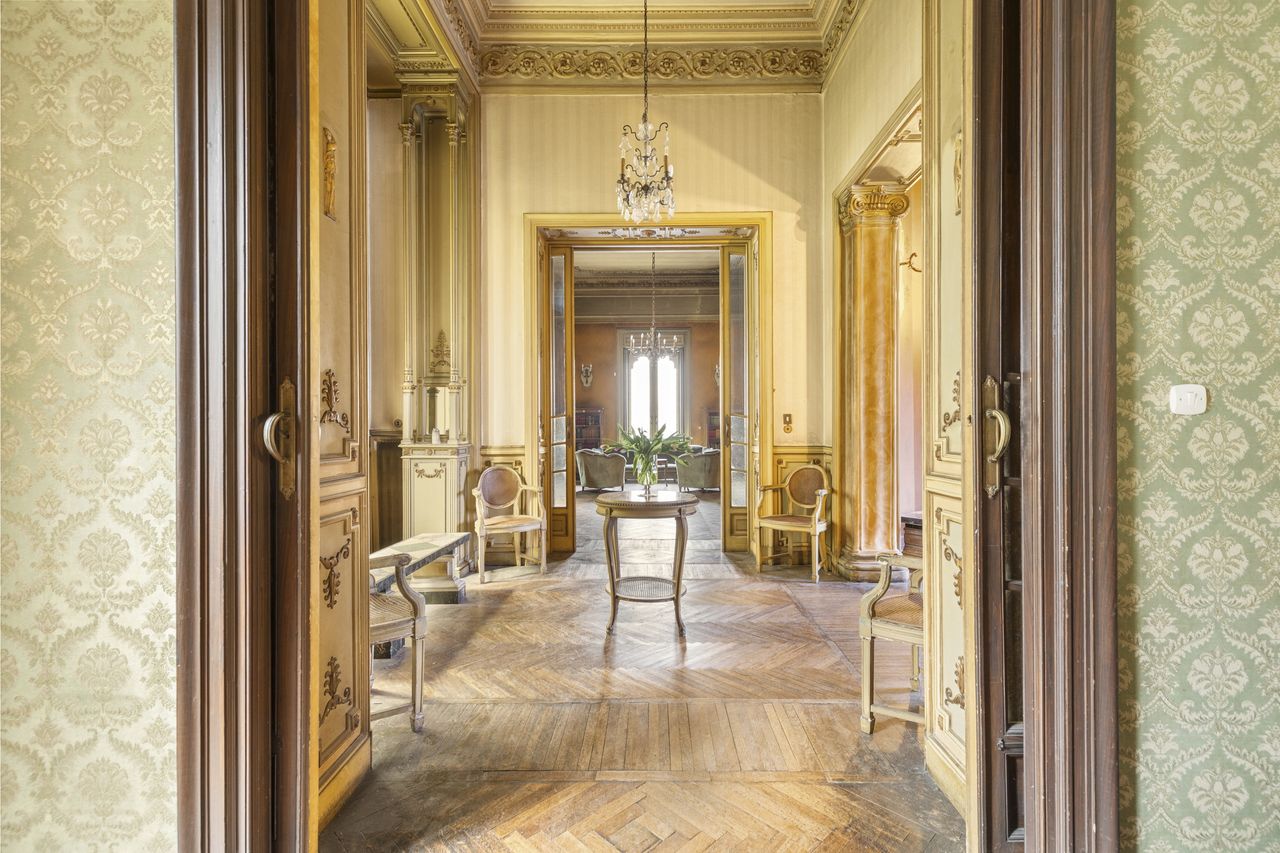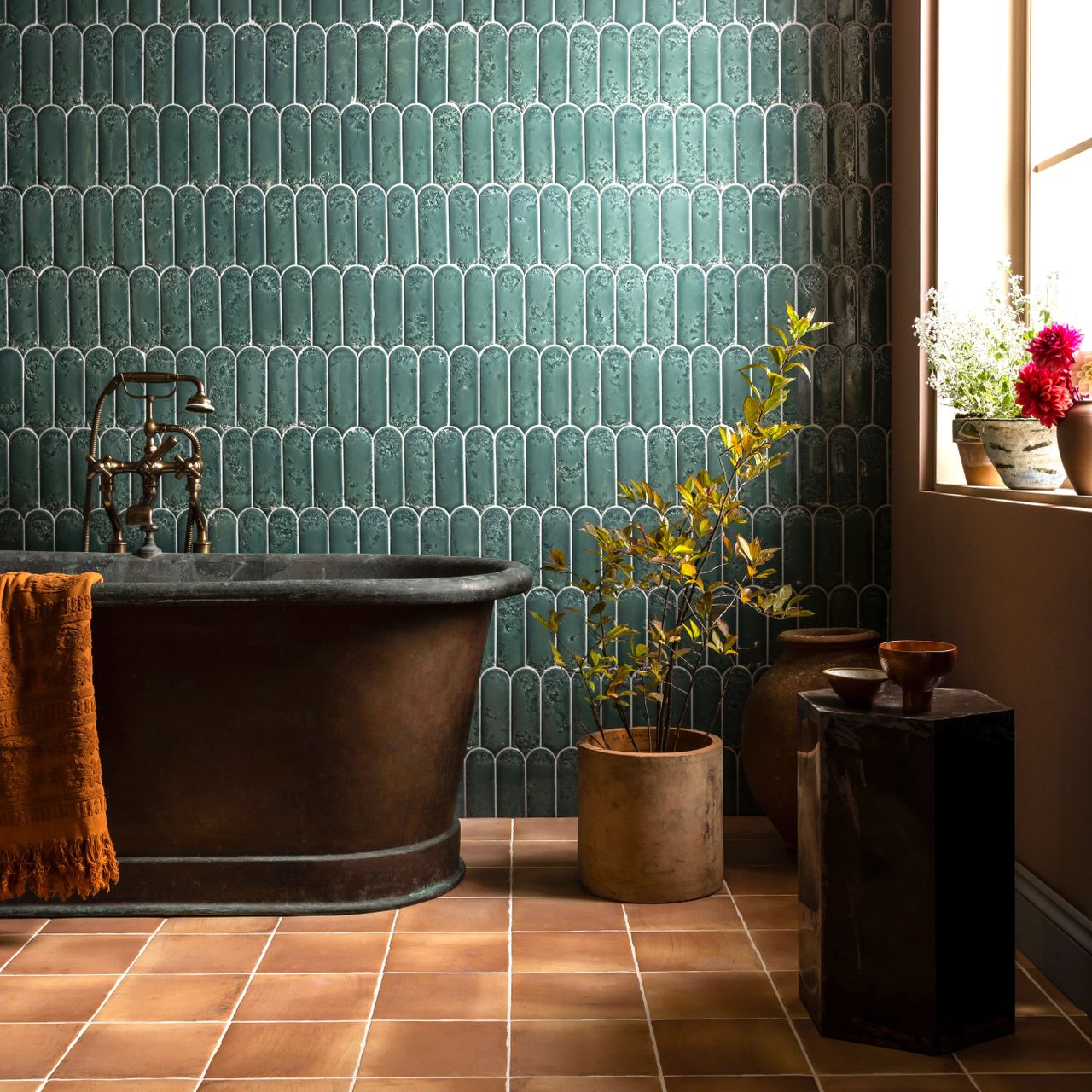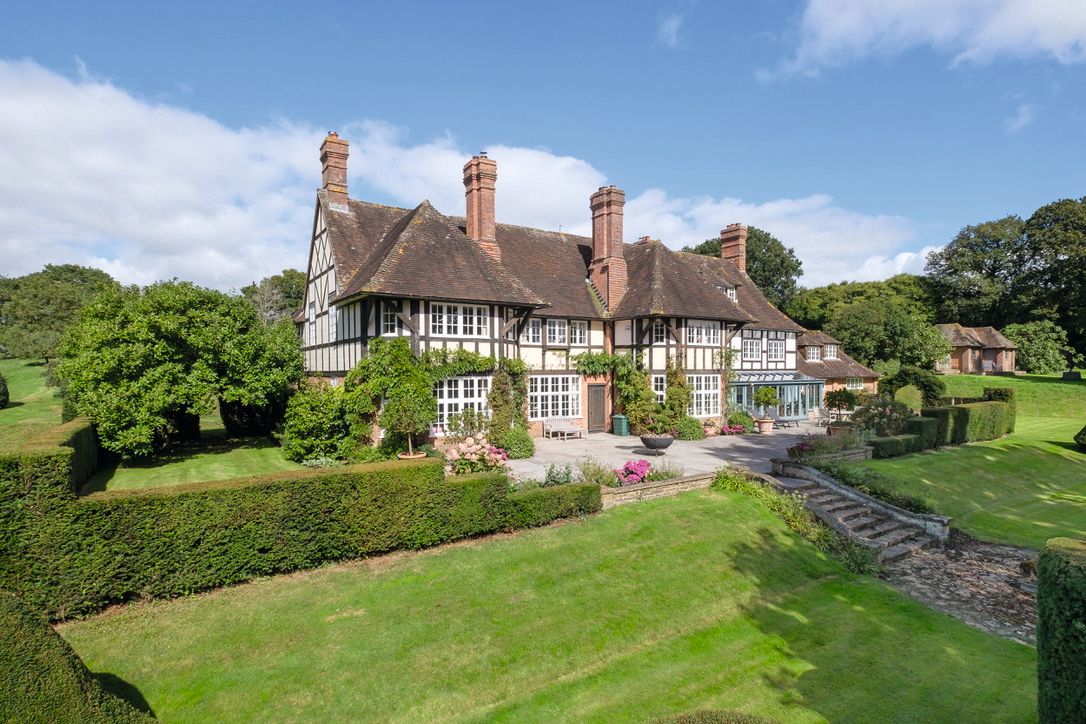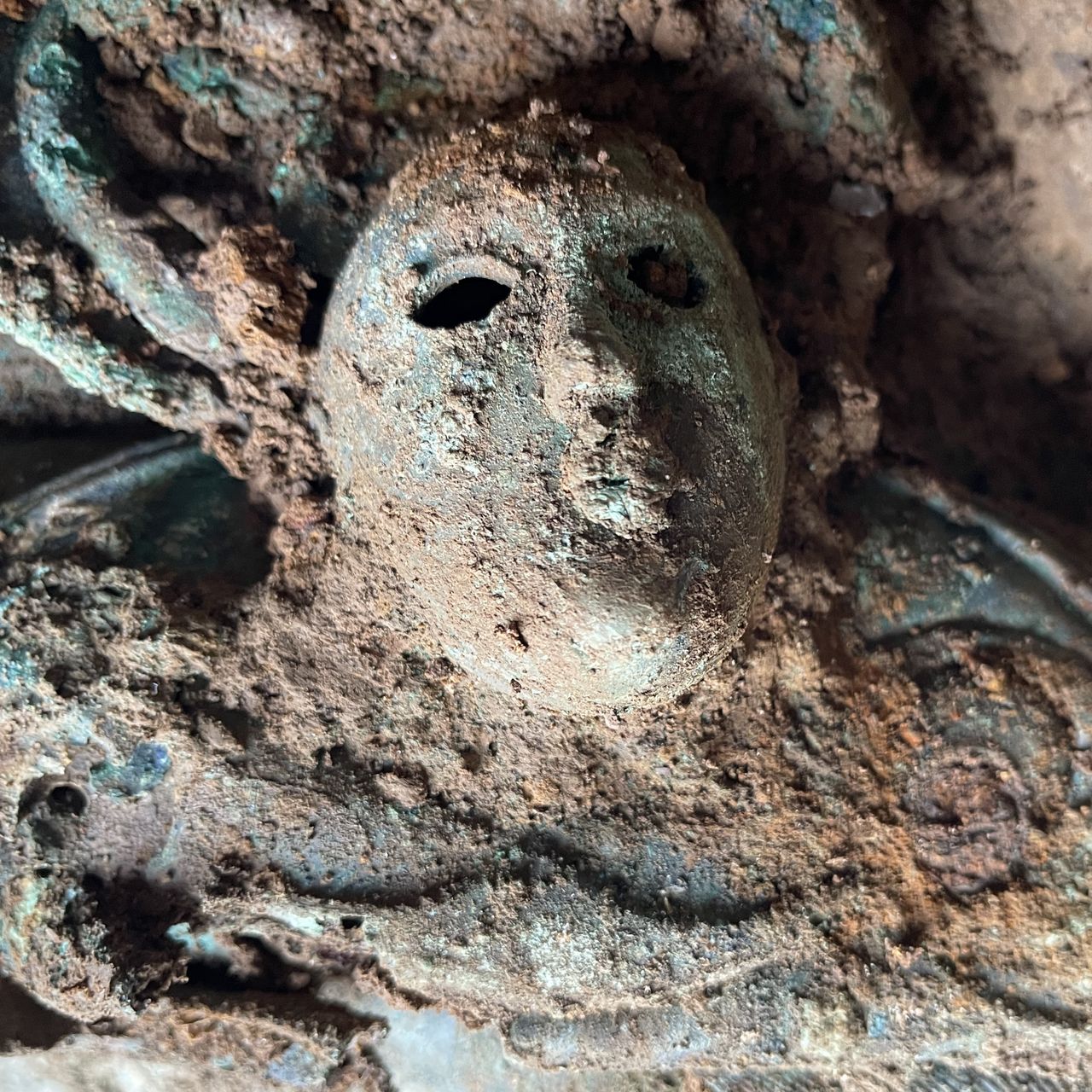The Northumberland Coast AONB: Just bring a pair of good boots and a fondness for untamed natural beauty
Giles Kime continues our series on Britain's Areas of Outstanding Natural Beauty with a look at the Northumberland Coast.
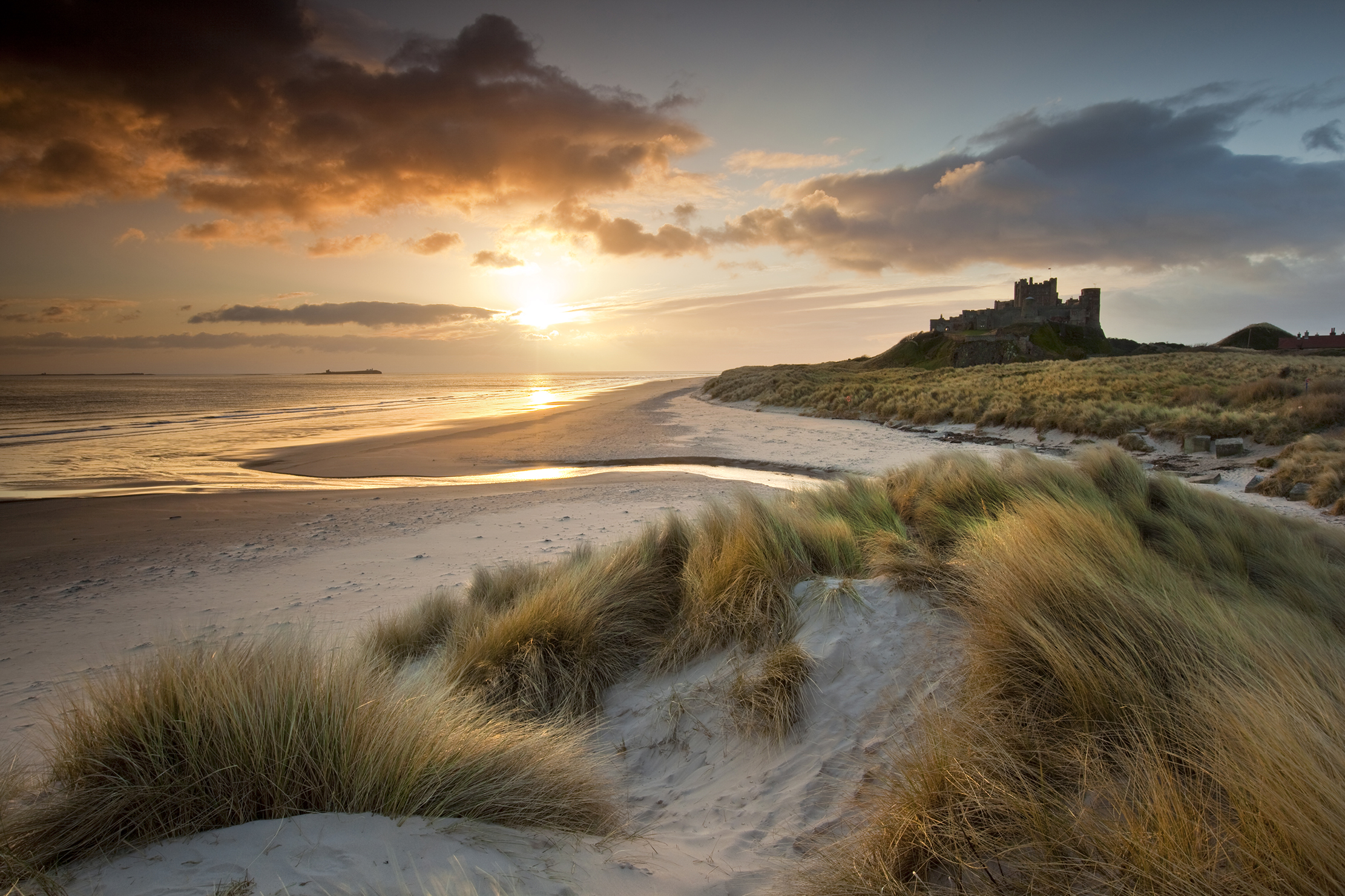

‘On June 8, the harrying of the heathen miserably destroyed God’s church by rapine and slaughter,’ wrote a chronicler of the first Viking attacks on Northumberland in 793. It began a long his-tory of bombardment of the county’s coastline, the Vikings being followed in later centuries by countless invasions by the Scots, kicked off by Malcolm III in the 11th century and continuing until the English Civil War.
The Northumberland Coast tends to be quieter these days, but you don’t need to look far to find the remnants of its war-torn past, from Alnwick in the south to Berwick on the Scottish border.
The AONB covers 53 square miles of sparsely populated, glorious coastline from Berwick-upon-Tweed to the Coquet Estuary. There are dramatic cliffs, sandy beaches and mudflats, home to important seabird colonies, as well as seals, plus the Farne Islands and their famous — and prolific — colonies of puffins.
Two lighthouses remain, Farne and Longstone. The latter was where Grace Darling lived with her lighthouse keeper father. In 1838, they mounted a courageous rescue of 18 survivors from the paddlesteamer SS Forfarshire, wrecked in a storm. Grace became a local celebrity, but she couldn’t cope with the pressure and died of TB four years later.
The area has a connection to Country Life through its founder, Edward Hudson, who commissioned Sir Edwin Lutyens to restore Lindisfarne Castle, one of the many castles that punctuate this beautiful and unspoilt stretch of coastline. The journey across the causeway is one of the many memorable experiences offered by this magical stretch of Britain’s coast.
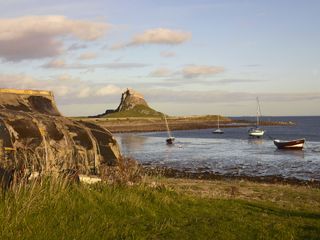
There are plenty more castles to explore, from Bamburgh — pictured top, the star of numerous films, such as Ivanhoe and The BFG — to the beguiling ruin at Dunstanburgh, a perfect destination for those who like their battlements ragged at the edges.
The latter is a fascinating spot, and is an easy walk along the coast from the fishing village of Craster (well known for its kippers. This castle was built in the 14th century on the site of an Iron Age hill fort, but never recovered from a battering during the Wars of the Roses.
Sign up for the Country Life Newsletter
Exquisite houses, the beauty of Nature, and how to get the most from your life, straight to your inbox.
Ever since, it has been a picture of pleasing dereliction — a quality celebrated by Girtin and Turner. But you don’t need artistic skills, simply a pair of good boots and a fondness for untamed natural beauty.
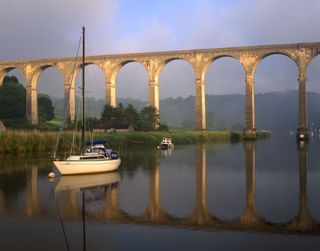
The Tamar Valley AONB: Mines, otters and the ghost of a 'black widow' who roams the moors in a carriage of bones
Kate Green focuses on the Tamar Valley AONB.
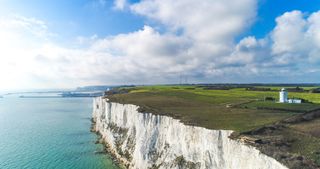
The Kent Downs AONB: One of Mother Nature's works of art, from the famous White Cliffs to the wildlife of the Garden of England
Victoria Marston takes a look at the magnificently beautiful Kent Downs AONB.

The Wye Valley AONB: 'If you have never navigated the Wye, you have seen nothing'
The Wye Valley is considered the 'birthplace of British tourism' — and it's not hard to see why, says Kate Green.
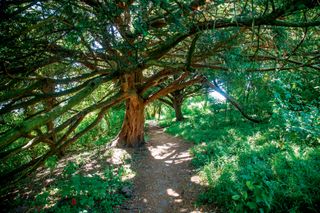
How the Surrey Hills has inspired generations of writers, artists and visionaries
With its magnificent views, lovely churches and grand country houses, this Area of Outstanding Natural Beauty has proven an inspiration
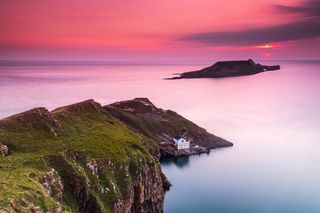
11 breathtaking images of The Gower, the spot so magnificent it inspired the creation of Britain's Areas of Outstanding Natural Beauty
Octavia Pollock takes a look at the magnificent Welsh coastal landscape of The Gower Peninsula, whose tales are as eye-opening
